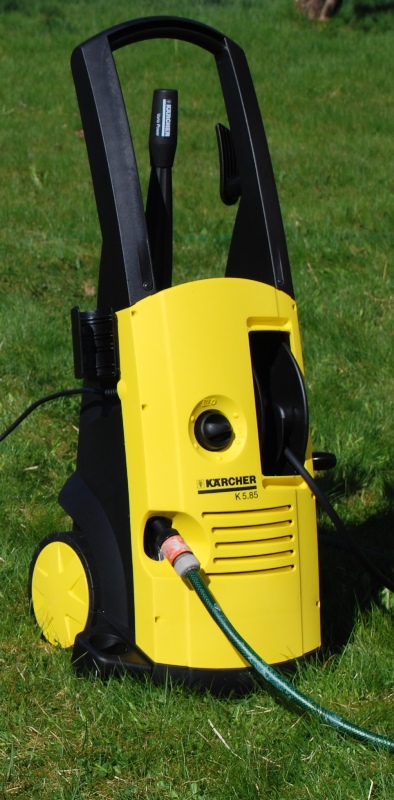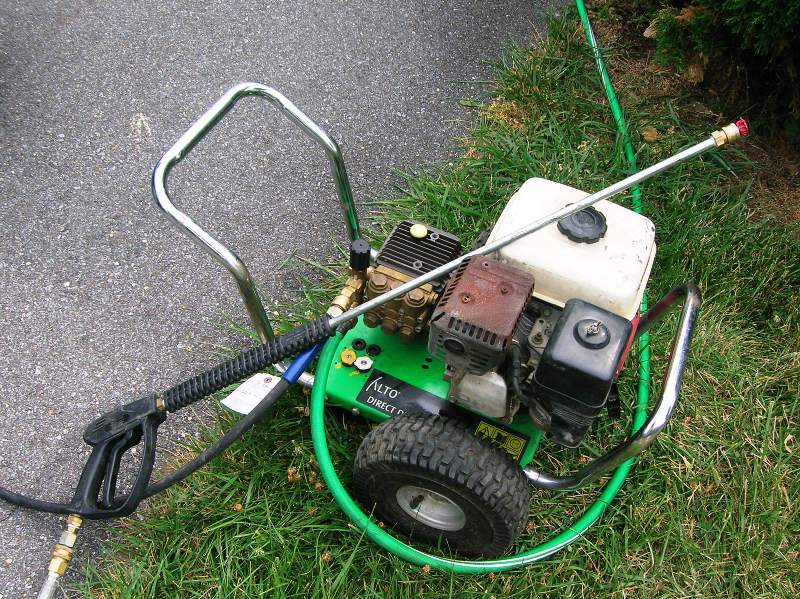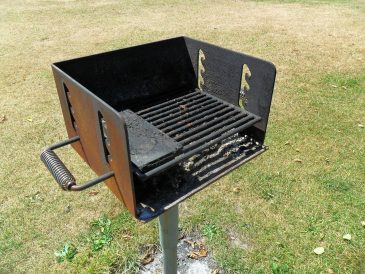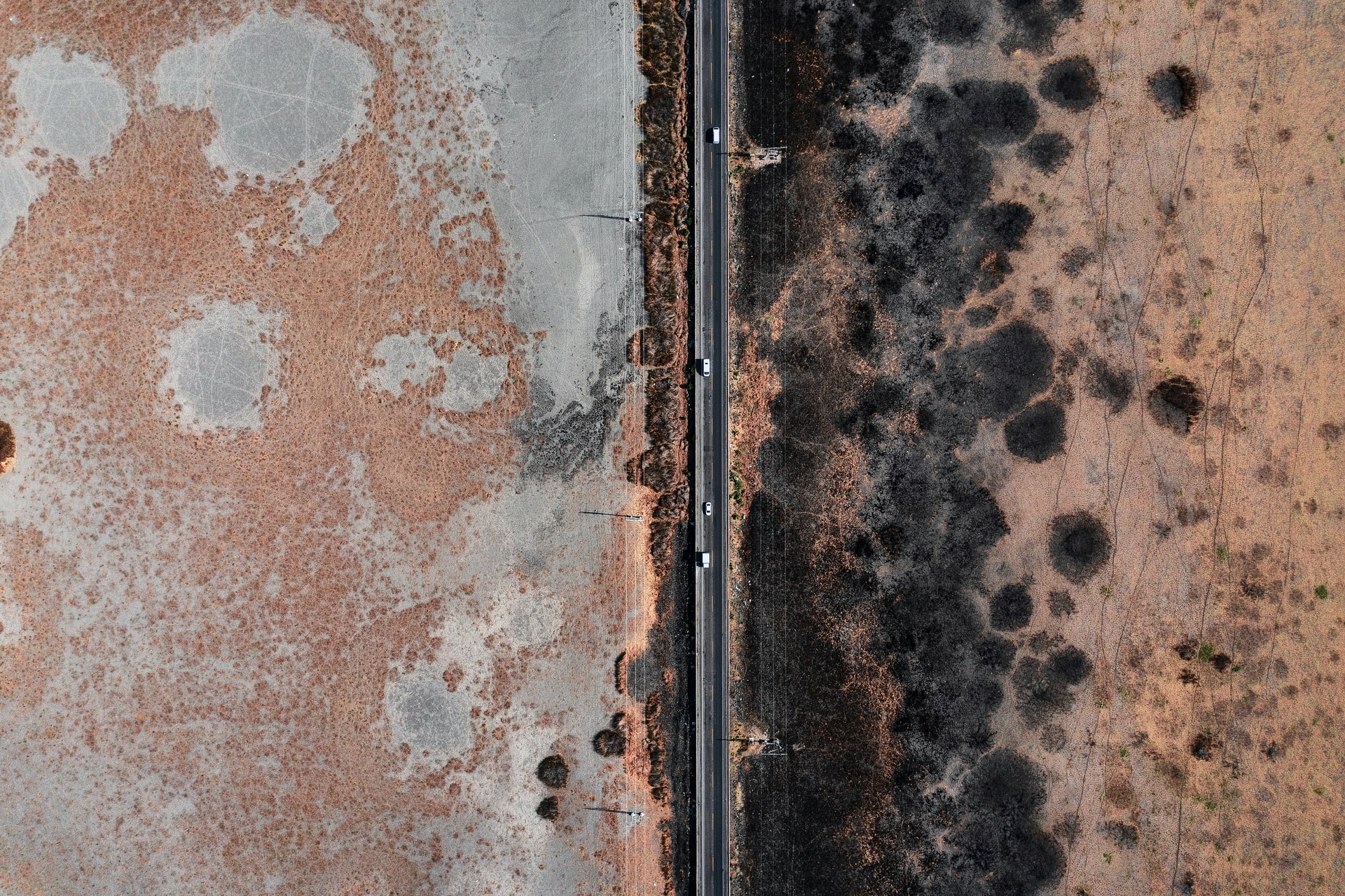How to Handle a High-Pressure Cleaner
The use of a pressure washer depends on the surface to be cleaned. A pressure washer can help you by making it easy to clean your garden, patio, car, and even roof. In this post, we’ll see how to use a high-pressure cleaner.
What do you need a pressure washer for?
A high-pressure cleaner can be used to clean garden furniture, floors (garage, terrace, courtyard, etc.), facades (house, wall, outside stairs, gate, fence), roofs, swimming pools, vehicles. The high-pressure cleaner is also used to unblock pipes.
Attention: the high-pressure cleaner is used on healthy surfaces!
The pressure of the cleaner requires caution for certain cleaning operations on facades: if the paint or plaster is flaking, the high-pressure cleaner will blow it off, on a roof: if the high-pressure cleaner is placed at the wrong angle, it may lift the roof; it may also break cracked tiles, on a car: if the windshield is slightly impacted, the high-pressure cleaner will crack it.
Which features for which uses?
– All dirt: cold water.
– Grease and oil: hot water.
– Remove stubborn dirt: increase pressure.
– Lots of dirt to be removed: increase the water flow.
– Time of use is less than one hour.
Good to know: A home pressure washer is designed for occasional use of about one hour.
How to use the high-pressure cleaner
Starting up

The connection of the hose and the pressure washer accessories is done either by screwing or clipping.
There is a specific sequence for starting up a high-pressure cleaner:
– Connect the hose with the gun to the pressure washer.
– Unwind the hose entirely and connect it to the valve.
– Open the water supply valve fully.
Note: If your unit does not have a boiler, this does not prevent it from running on hot water. You can use the hot water from your water heater and cleaning will be much easier. To do this, turn the faucet on so that you get hot water. The maximum temperature obtained will not exceed 60°C.
– Unwind the power cord completely and plug it into an electrical outlet.
– Turn on the power switch.
– Adjust the pressure of the jet.
– Simply press the spray gun to start the cleaning process.
Note: The water connection hose can be connected to a rain barrel.
Use of detergent
Note: Use only detergents approved by the brand of your steam cleaner.
– Pour the cleaning solution into the tank provided.
– Set the required amount.
– Set the wand to the position for mixing water and detergent.
– The unit is ready to spray the cleaning solution.
End of pressure washer operation
– Release the gun lever
– Turn off the unit, unplug it and turn off the water supply valve.
– Operate the gun handle to release any remaining pressure in the hose.
– Lock the gun and disconnect it from the unit.
Pressure Washer Safety
To ensure safe use of the pressure washer, there are certain rules to follow:
– Water and electricity do not mix:
◦ Plug the pressure washer into a properly grounded outlet.
◦ Never direct the water jet toward the plug.
◦ Never operate the unit in the rain.
◦ Cover the device when it rains.
◦ Never grip the cable or plug with wet hands.
◦ Never operate the device with damaged parts; replace them first.
◦ Never use a non-specialized device in areas with explosion risks (e.g., gas station).
– The jet is powerful and sometimes very hot:
◦ Do not direct the jet at others, especially children, animals, or fragile surfaces… or at yourself.
◦ Do not damage the surfaces to be treated with too much pressure.
◦ Close windows that may be sprayed.
◦ Use suitable protective equipment: goggles, gloves, masks.
◦ When cleaning tires, direct the spray from a safe distance; water pressure can damage the coating.
Note: To evaluate the water flow rate used on a surface to be treated without harming it, test on a small sample at a reasonable distance.
The unit may include some important safety features:
– A gun lock button.
– A pressure relief valve.
Good luck with your cleaning job! Remember to share your experience below.





